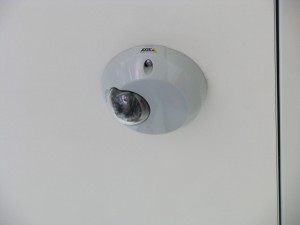 How often does the California Department of Public Health fine nursing homes and assisted-living facilities for elderly patient injuries and deaths? When facilities do receive significant fines as a result of nursing home abuse or neglect, are those fines sufficient to protect other residents in the future? According to a recent article in the Los Angeles Daily News, the California Department of Public Health issued a $75,000 fine for a Southern California nursing home due to neglect resulting in a patient’s death.
How often does the California Department of Public Health fine nursing homes and assisted-living facilities for elderly patient injuries and deaths? When facilities do receive significant fines as a result of nursing home abuse or neglect, are those fines sufficient to protect other residents in the future? According to a recent article in the Los Angeles Daily News, the California Department of Public Health issued a $75,000 fine for a Southern California nursing home due to neglect resulting in a patient’s death.
Fatal Injuries Caused By Nursing Home Neglect in Canoga Park
As the article explains, Topanga Terrace, a nursing home in Canoga Park, was issued a $75,000 fine “after staff there failed to monitor a resident who kept removing his own breathing tube, resulting in death.” The patient needed a tracheostomy tube in order to breathe following a surgery in 2013. In addition to the use of the tracheostomy tube, the patient also “suffered from multiple illnesses including dementia, chronic respiratory failure, and tuberculosis.” Despite his medical needs, however, the facility did not have a treatment plan that included methods to prevent or deter the patient from removing his breathing tube.
 Southern California Nursing Home Abuse Lawyer Blog
Southern California Nursing Home Abuse Lawyer Blog















